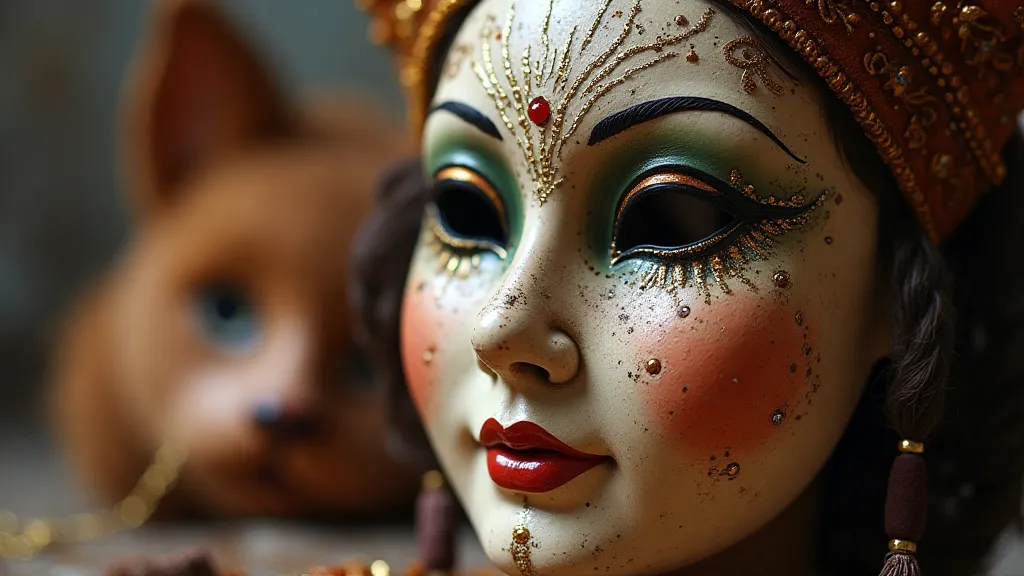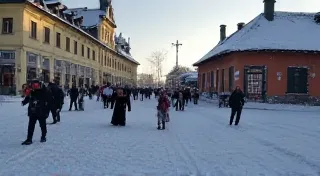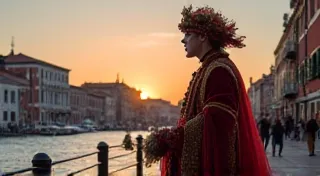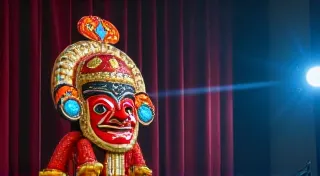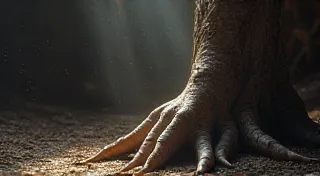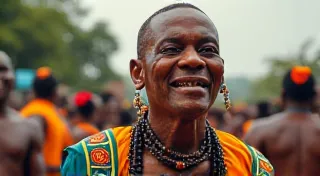Russian Shrovetide Masks: Folk Traditions and Festive Fun
Shrovetide, known as Maslenitsa in Russia, is a joyous and boisterous celebration marking the week leading up to Orthodox Lent. It's a time for feasting, games, and, most importantly, for wearing vibrant and expressive masks. These aren’t simply decorations; they are integral to the traditions, representing characters from folklore, satire, and everyday life, each with its own significance and story to tell.
Historical Roots and Significance
The origins of Maslenitsa and its associated mask-making traditions are ancient, predating Christianity. They likely stem from pagan Slavic celebrations honoring the pagan god of the sun, Yarilo. With the adoption of Christianity, Maslenitsa was adapted, its pagan roots subtly integrated with the Christian observance of Lent. The masks themselves served as a release, a period of permitted chaos and inversion before the solemnity of Lent began. The burning of a straw effigy, representing Winter, at the end of the week is symbolic of the end of the old and the welcoming of the new season.
Historically, communities would organize elaborate processions and performances featuring these masked figures. These events weren’t just for entertainment; they were a vital form of social commentary. Masked performances, and the cultural context around them, draw parallels to traditions found in other cultures; for example, the rituals and symbolism surrounding masks and narratives highlight the power they hold in preserving and transmitting cultural memory. Masks allowed people to satirize authority and societal norms in a relatively safe and humorous way.
Common Characters and Their Meanings
Several recurring characters populate the Maslenitsa mask parade. Here are a few of the most popular:
- Koschei the Deathless: A classic villain from Russian folklore, Koschei represents evil and chaos. His masks are often fearsome, adorned with long beards, sharp teeth, and sinister expressions.
- Baba Yaga: Another figure from Slavic folklore, Baba Yaga is a complex character, often portrayed as a wise but mischievous old woman. Her mask often incorporates elements like a hooked nose, wild hair, and a slightly crazed smile.
- The Merchant (Kupets): Represents the wealthy and powerful merchants who controlled trade. These masks often feature exaggerated facial features and ornate clothing to satirize their greed and status.
- The Tsar/Tsarina: These masks parody the ruling class, often exaggerating their arrogance and vanity.
- The Bear (Medved): The bear is a significant animal in Slavic culture and its mask is often used for humorous chases and playful antics during the festivities.
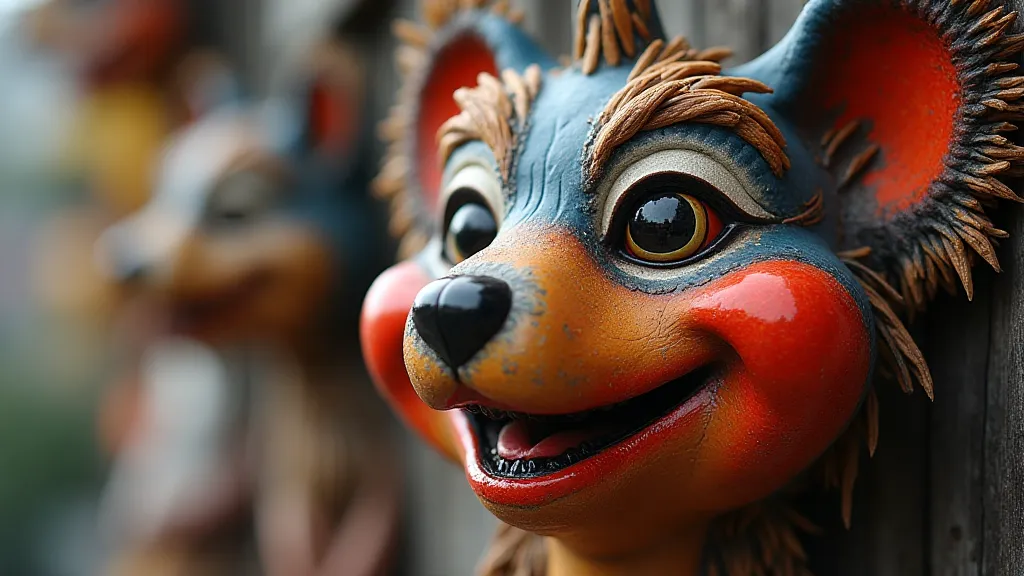
The Art of Mask Making
Traditionally, Shrovetide masks are crafted from a variety of materials, including wood, cardboard, and papier-mâché. The masks are often painted with bright, contrasting colors to make them stand out during the festivities. Decoration is key; details such as fur, ribbons, bells, and even small pieces of fabric are commonly added. The artistry of mask making reflects the creativity and resourcefulness of the community. While modern materials are sometimes used, many mask makers strive to maintain the traditional techniques and aesthetics.
The techniques applied in creating these masks resonate with those seen across different cultures and continents. For example, the historical significance of masking traditions in places such as Poland, where traditions of Pomanians were deeply entwined with rituals and beliefs about the afterlife, shares a thread of cultural preservation and symbolic expression.
The process is often a family affair, with elders passing down their knowledge and skills to younger generations, ensuring the continuation of this important cultural heritage. The creation of a Shrovetide mask is far more than just shaping and painting; it's an act of cultural transmission, preserving the stories and values of generations.
Beyond Russia: A Global Perspective on Masking Traditions
While Maslenitsa and its associated mask-making are distinctly Russian, the practice of using masks for ritual, entertainment, and social commentary is a global phenomenon. From the vibrant depictions of gods and demons in Tibetan opera masks to the forest spirits represented in the Ugandan Bwamba masks, the use of masks as a vehicle for storytelling and cultural expression is a testament to human creativity and ingenuity.
Contemporary Relevance
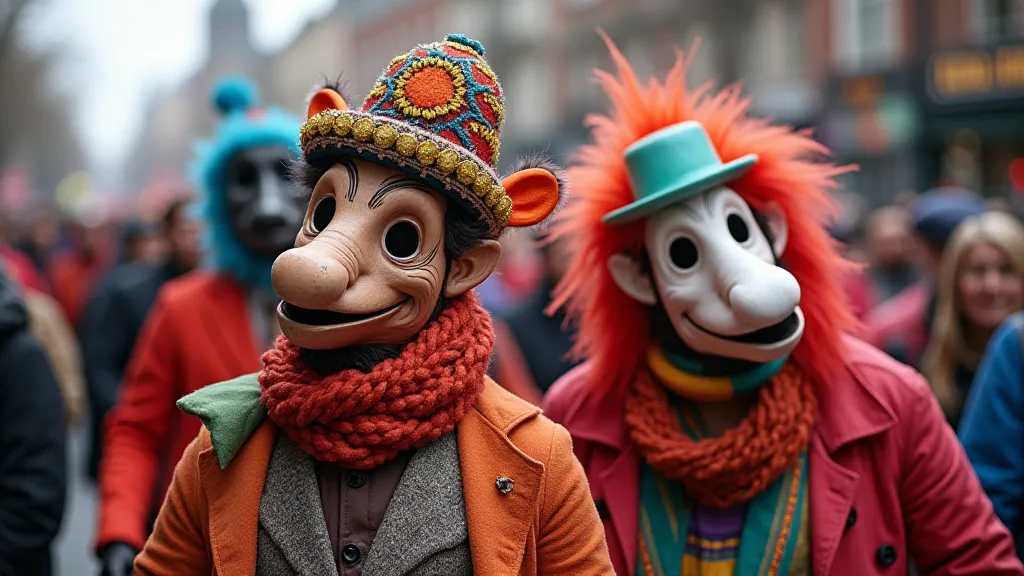
While the scale and intensity of Shrovetide celebrations may have changed over time, the tradition of mask making remains an essential part of Russian cultural heritage. Today, you can find Shrovetide mask workshops and performances in many regions, allowing people to experience this unique and joyous tradition firsthand. The masks continue to serve as a powerful symbol of Russian identity and a reminder of the importance of community, humor, and artistic expression.
Preserving the Tradition
Efforts are underway to preserve and promote the art of Shrovetide mask making. Museums and cultural centers often display historical masks, and contemporary artists are creating new interpretations while respecting the traditional styles. Supporting local artisans and participating in Shrovetide events are vital steps in ensuring that this vibrant tradition continues to thrive for generations to come.
